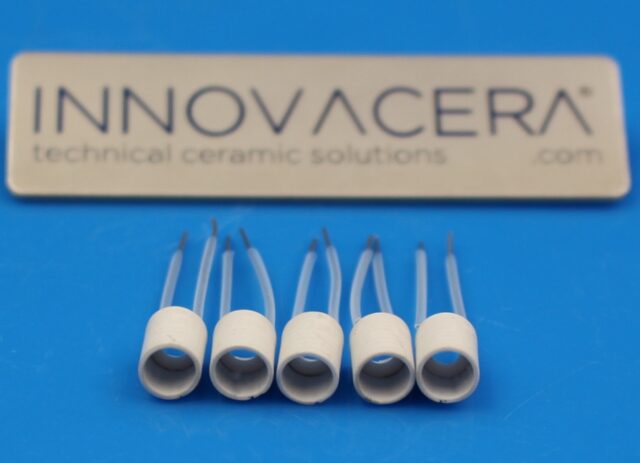What Do You Know About Heating Elements Used In 3D Printing Pen
What Do You Know About Heating Elements Used In 3D Printing Pen
3D printing pen is a more convenient 3D printing product. You only need to write on any surface, even in the air. It can be produced directly without the support of a computer or other electronic products. The size of the 3D printing pen is the same as the ordinary pen. The material is generally made of aluminum. Generally, when the material is heated when drawing, the temperature of the pen tip will be as high as 80 degrees Celsius. When using the 3D printing pen, try to use it under the care of an adult, and do not burn your fingers.
What is a 3D Printing Pen?
A 3D printing pen is like a handheld 3D printer. It uses the same kind of heating element and extruder that you would find on a desktop 3D printer. But instead of being controlled with computer software and motors, you guide the printer head by hand.
How Does it Work?
Like all 3D printing devices, a 3D printing pen works by heating a plastic filament to its melting point and forcing it through an extruder tip. This is very similar to how a hot glue gun works; the melted plastic is very soft and can be fused onto a surface or worked into any shape that you want. Once the melted plastic leaves the tip, it cools quickly. After a few seconds, the plastic hardens and holds whatever shape you have worked it into.
What Can You Do With a 3D pen?
These pens effectively allow you to draw with plastic. You can work the plastic into just about any shape and apply it to most surfaces. You can use it to add raised decorative designs to everyday objects. With practice, you can even make 3D drawings in empty space. These pens can also be used to modify and repair other 3D printed objects.
What Are The Heating Elements Used In 3D Pen?
The heating element in a 3D pen is an important component that heats up the pen’s build platform or extruder nozzle. This heat is necessary to melt and fuse the material being used for printing, such as plastic filaments or resins.
There are different types of heating elements used in 3D pen, including:Cartridge heaters,Heater blocks,Flexible heaters and ceramic heaters.
Regardless of the type of heating element used, it is important to use a high-quality component that can withstand the high temperatures required for 3D printing. It is also important to ensure that the heating element is properly installed and wired to the controller board to prevent any safety hazards.
What is the Difference Between using Traditional Heating and Ceramic Heating Cores?
First, the traditional hot end is large and heavy, which affects printing accuracy and speed. If it is a direct extrusion system, the frequency of motor vibration will also be increased, further reducing accuracy and speed.
Second, there is an air gap between the heater block and the thermistor and heating tube, so effective heat transfer and accurate temperature control are not possible. This leads to the problem of being unable to print at different speeds and extrusion volumes without being able to quickly change the nozzle temperature to accommodate changing filament feed rates. This is something that all consumer printers have not yet solved.
What is the Advantage of Using Ceramic Heater?
First, it is more lighter and smaller in size. In other words, the replacement of traditional heating tubes by ceramic heating allows the hot end to be designed to be lighter and more compact than traditional ones, thereby improving printing accuracy and speed.
Secondly, ceramic heating has a positive temperature coefficient (PTC), specifically, it can reduce power when the temperature rises, thereby reducing the risk associated with temperature runaway when reaching the maximum temperature. At the same time, because ceramic heating can be integrated with the thermistor, precise temperature control can be achieved.
Finally, the ceramic heating core has more uniform heating performance and thermal efficiency. To achieve the same heating performance as traditional heating tubes, ceramic heating cores may only require lower power.
Summary
The iteration from single-head tube to ceramic heating embodies the charm of technological innovation. Ceramic heating can indeed bring many benefits to 3D printings. Technological innovation is generally led by industry leaders, and then subsequent followers expand the market. Therefore more and more 3D printing pen using ceramic heating will be used in the future.


Comments
Post a Comment